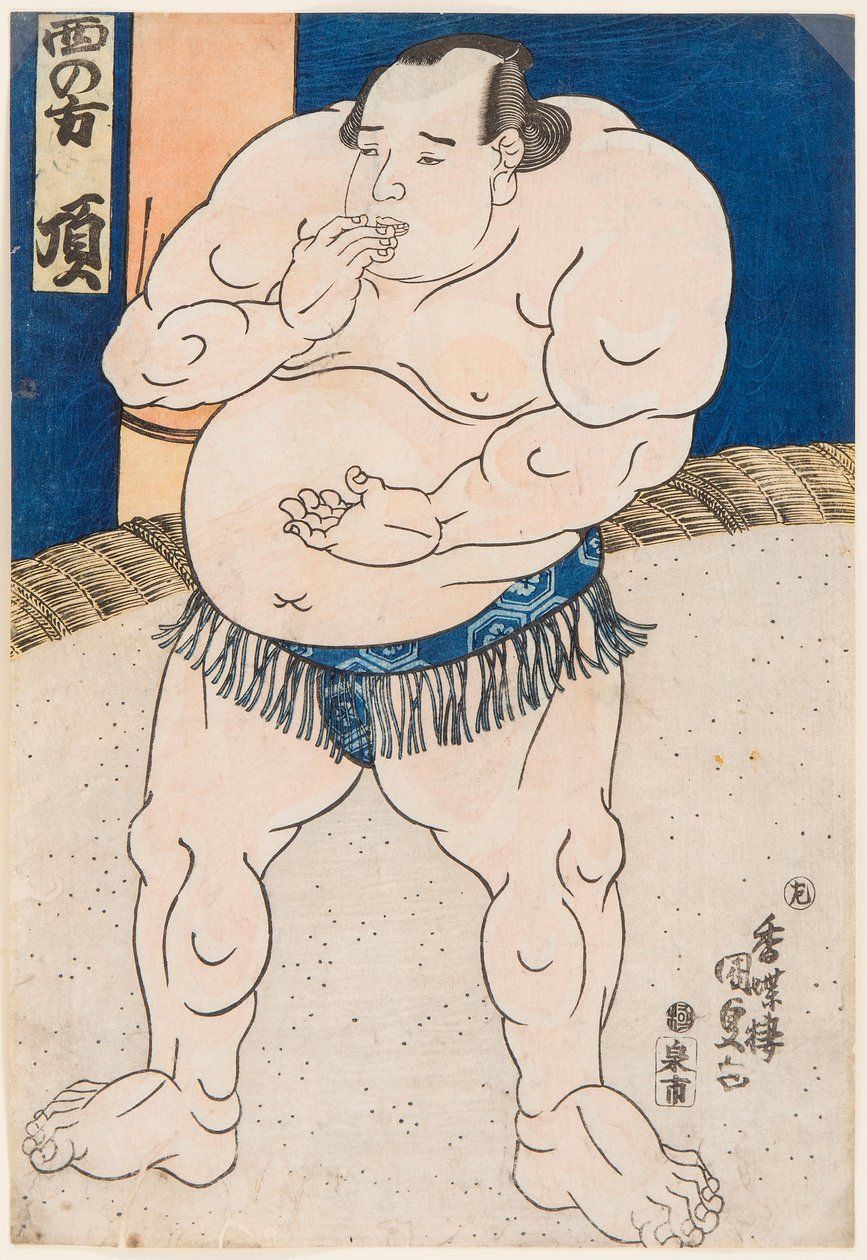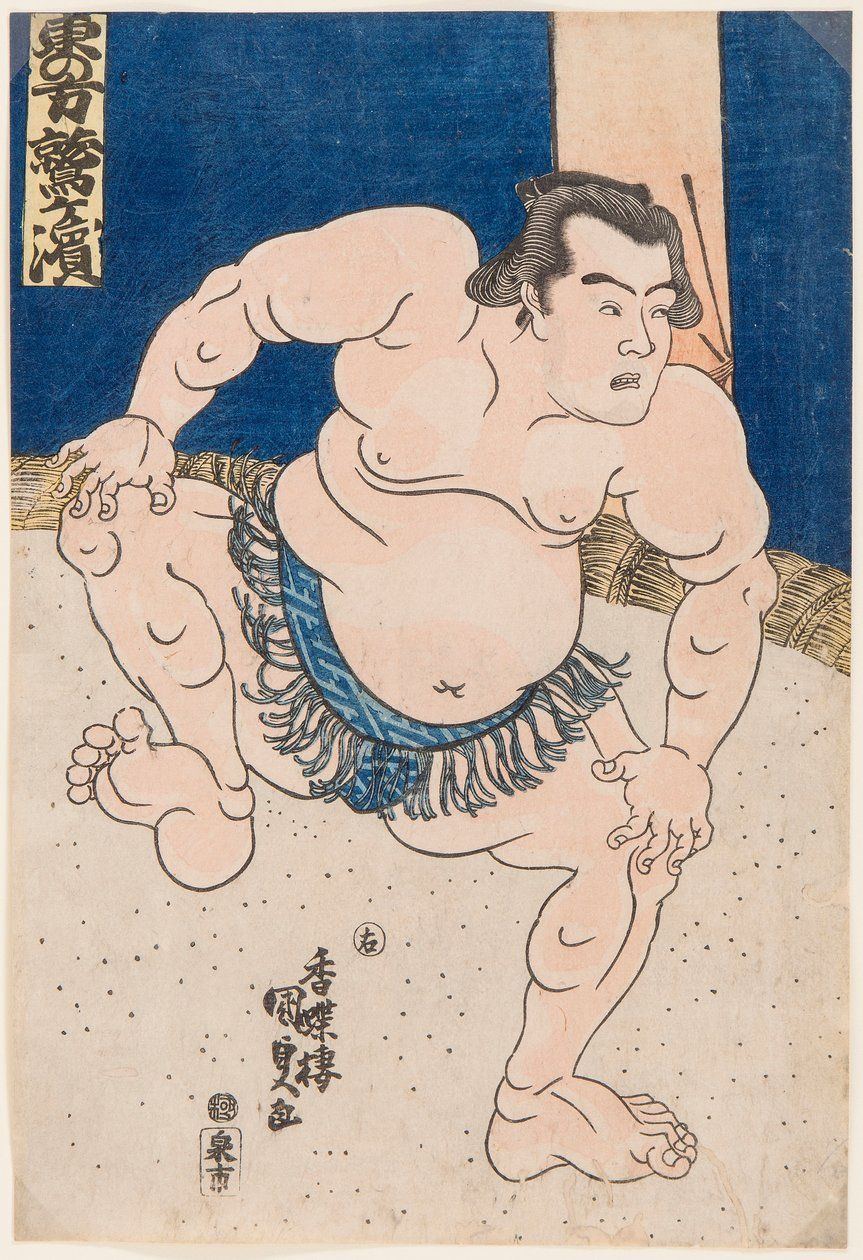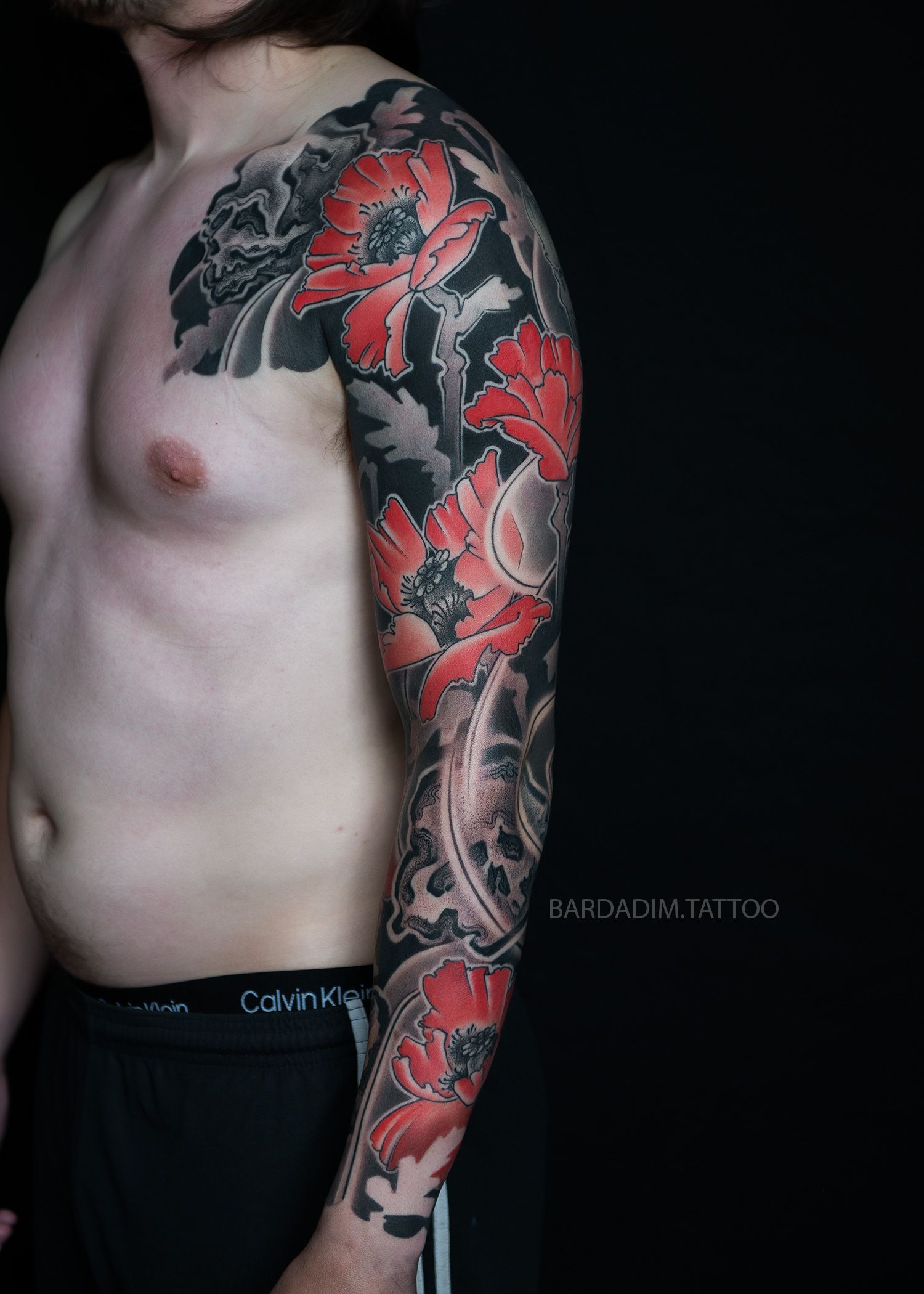The Biochemical Reasons Tattoos May Cause Increased Pain on Skin Affected by Excessive Weight.
Chronic Low-Grade Inflammation
Excess adipose tissue - in particular subcutaneous fat - acts not just as energy storage, but as an endocrine organ actively releasing pro-inflammatory cytokines like IL‑6, TNF‑α, and C‑reactive protein. This creates persistent low-grade inflammation throughout the body . Inflammation primes nociceptors (pain receptors), making them more responsive. So when tattoo needles puncture inflamed tissue, the pain signals are amplified.
Leptin’s Role in Pain Sensitization
- High leptin levels are common in obesity. Leptin is more than a hunger hormone—it’s a cytokine-like signal that enhances inflammation by activating macrophages, T‑cells, and promoting IL‑6, TNF‑α release .
- Clinical research shows leptin correlates with low pressure-pain thresholds and chronic widespread pain, independent of BMI .
- When tattoo needles damage skin and underlying tissue, high leptin levels help maintain the pain response via JAK/STAT and NMDA pathways—making even minor trauma more painful.
Cellulite and Tissue Microenvironment
Cellulite affects up to 90% of post-pubertal women and isn’t just a superficial issue—it’s a complex structural change involving:
- FAT LOBULES pushing into the dermis,
- CONNECTIVE TISSUE FIBROSIS,
- POOR MICROCIRCULATION with edema,
- OXIDATIVE STRESS,
- ONGOING LOCAL INFLAMMATION .
This leads to denser tissue and increased fluid, making the skin stiffer and pressure-sensitive, amplifying the pain when it’s pierced repeatedly.
Altered Sensory Profile
Studies show subcutaneous fat alters pain perception:
- Reduced sensitivity to temperature,
- But heightened sensitivity to pressure or mechanical stress .
Tattooing is a form of repetitive mechanical trauma—so pressure sensitivity plays a major role in why it hurts more under these conditions.
Hypoxia-Induced Immune Activation
Obesity creates hypoxic zones in expanding adipose tissue; this attracts macrophages and promotes a shift to pro-inflammatory M1 macrophage type . These macrophages sustain local inflammation, making the environment around tattooed area more reactive and painful.
Biochemistry in a Nutshell
The following factors influence tattoo pain:
- IL-6, TNF-α, and CRP sensitize pain receptors.
- Increased leptin levels, as seen in obesity, amplify inflammatory signaling through the JAK/STAT pathway.
- Fibrosis and edema (cellulite) increase pressure sensitivity.
- A shift in macrophages to the M1 type maintains local inflammation.
Pain in clients with obesity or cellulite isn’t just psychological—it is rooted in real biochemical and structural changes: constant inflammation, hormonal influences (like leptin), tissue fibrosis, capillary changes, and immune cell activity. Understanding these helps artists tailor their approach for a safer, more comfortable experience.
Our Studio’s Commitment
At our studio, we never refuse clients based on body composition — we believe everyone deserves tattoos. Yet, we feel an ethical responsibility to inform clients about important realities of excessive adipose tissue: higher pain sensitivity, potential challenges with completing large or long-term tattoo projects, and possible distortion or ink migration in areas with fibrotic or folded tissue. We encourage discussion of staged sessions, design adjustments, and the use of proper skin-stretching techniques or supportive equipment. Our goal is to build realistic expectations, maximize client comfort, and co-create the best possible outcome—even if that means revising timelines or designs.
Connected Post
Practical Tips for Clients with excessive weight or quality adipose tissue.
All Tattoo Projects

Other Posts
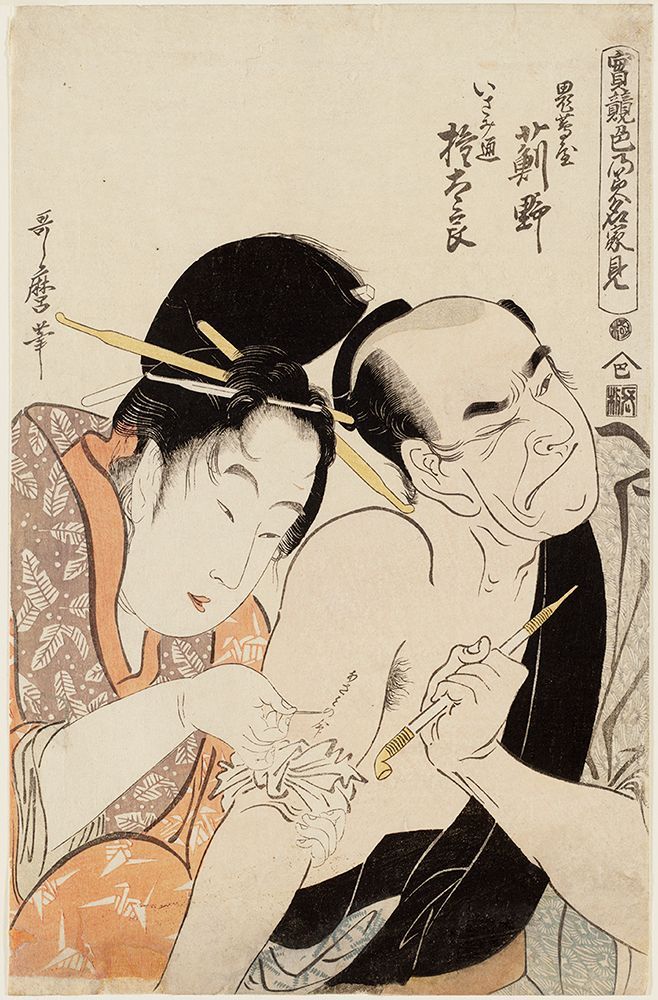

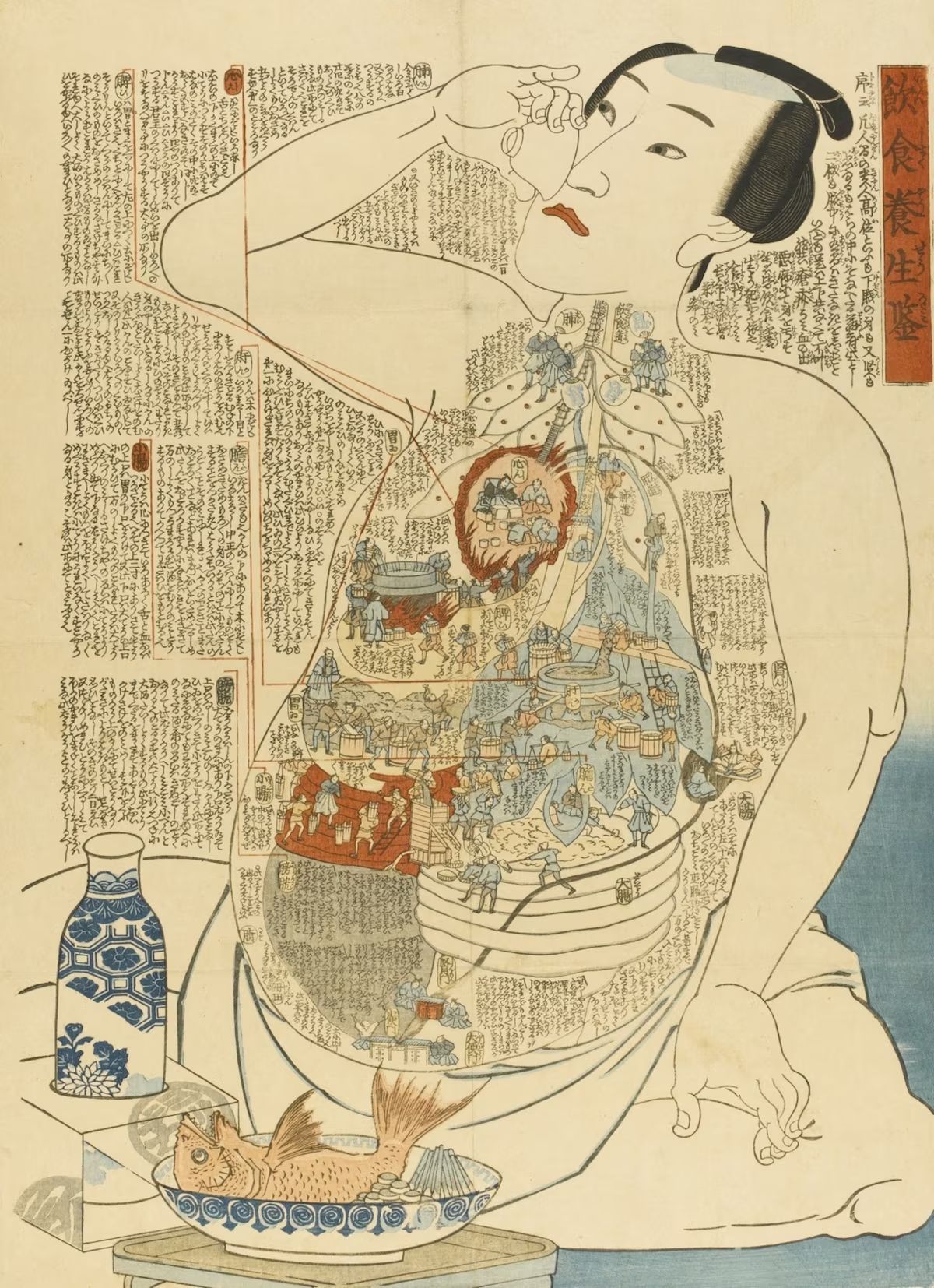
Ready to start your tattoo project?
We do NOT do walk-ins. ONLY private appointments which really easy to schedule. Please learn the process and request your consultation.



